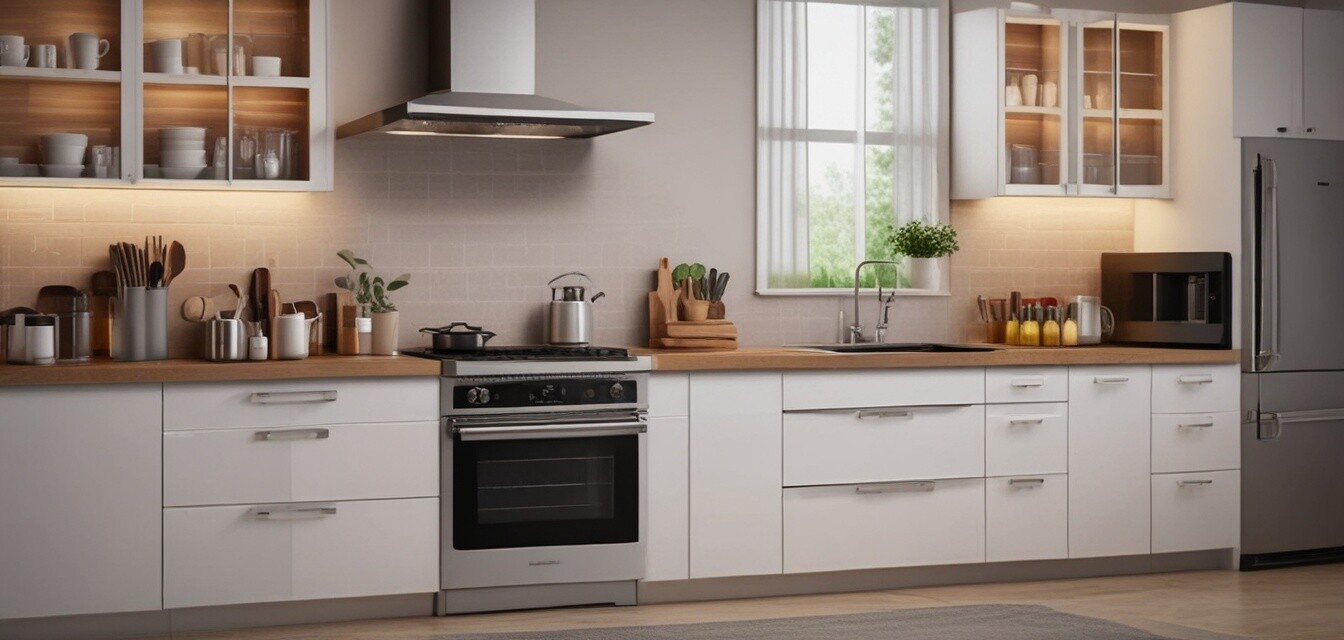
Understanding energy efficient cooking methods
As energy costs rise and environmental concerns grow, more people are exploring energy-efficient cooking methods. This guide will help you understand different cooking approaches, like using microwaves versus stovetops, while also considering their energy efficiency. Let's maximize your cooking experience while being kind to your wallet and the planet.
Key takeaways
- Microwave cooking uses less energy than conventional stovetops.
- Induction cooking is more efficient than gas or electric stovetops.
- Optimizing cooking methods can lead to cost savings on your energy bill.
- Maintaining appliances can enhance their efficiency.
- Choosing the right cooking appliance depends on your cooking habits and preferences.
Analyzing cooking methods
Cooking methods vary significantly in energy usage, and understanding these differences can help you make informed decisions to lower your energy consumption. Below, we will compare some common cooking methods.
| Cooking Method | Energy Consumption (kWh) | Time Efficiency | Best Uses |
|---|---|---|---|
| Microwave | 0.6 | Fast | Heating, reheating, steaming |
| Stovetop (Gas) | 1.2 | Moderate | Searing, frying, boiling |
| Stovetop (Electric) | 1.5 | Moderate | General cooking |
| Induction | 0.8 | Fast | Expert cooking, precise temperature |
Microwave vs. stovetop cooking
Many people are unaware that microwaves can be a much more energy-efficient alternative to traditional stovetop cooking methods. Here’s how they stack up:
- Energy Savings: Microwaves typically consume less electricity than stovetops.
- Speed: They significantly reduce cooking time, which in turn leads to less energy consumption.
- Heat Distribution: Microwaves focus heat on the food rather than heating the entire cooking vessel.
Choosing the best approach
Your choice of cooking method can greatly impact your energy expenses and meal preparation efficiency. Here are some factors to consider when making your decision:
- Assess your routine: Do you need quick meals or do you enjoy cooking? Microwaves are great for fast cooking, while stovetops allow for experiential cooking.
- Type of meal: Certain meals may taste better when cooked on a stovetop or in an oven rather than a microwave.
- Energy costs: Analyze local energy rates to determine which appliance may be cost-effective for you.
Energy-efficient tips for cooking
Tips to maximize energy efficiency:
- Use lids when cooking on the stovetop to retain heat.
- Keep appliances clean and well-maintained for optimum performance.
- Utilize retractable cords when using appliances to avoid excess energy usage.
- Cook with a pressure cooker or slow cooker for energy-efficient options.
- If possible, batch cook to save both energy and time.
Conclusion
In summary, understanding energy-efficient cooking methods not only helps you save money but also contributes to a more sustainable lifestyle. Whether you choose a microwave for speed or an induction stove for precision, being mindful of your cooking habits will enable you to make the best decisions for your kitchen.
Pros
- Lower energy bills.
- Quick meal preparation.
- Environmentally friendly cooking.
Cons
- Microwaves may not be suitable for all cooking styles.
- Quality of cooking results can vary by appliance type.
- Initial investment in newer appliances can be high.
For more tips on optimizing your energy-efficient appliances, check out our Tips and How-to Articles, or explore our full range of appliances to find the perfect fit for your home and lifestyle.
